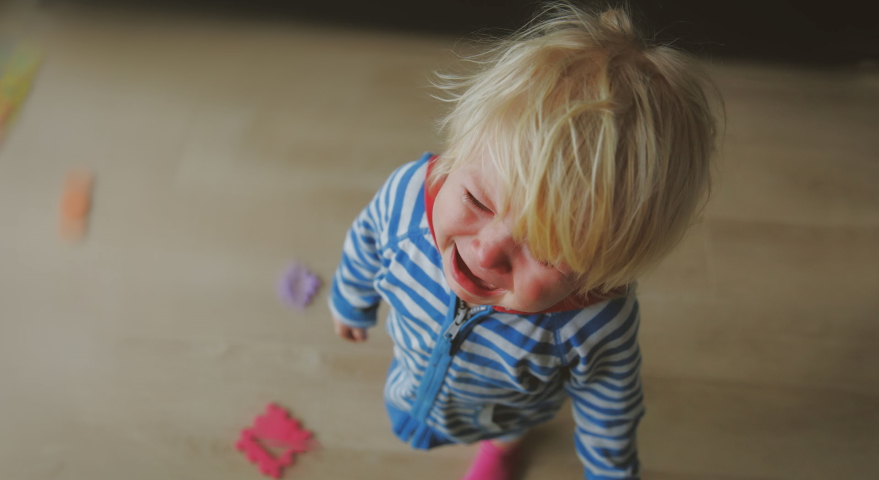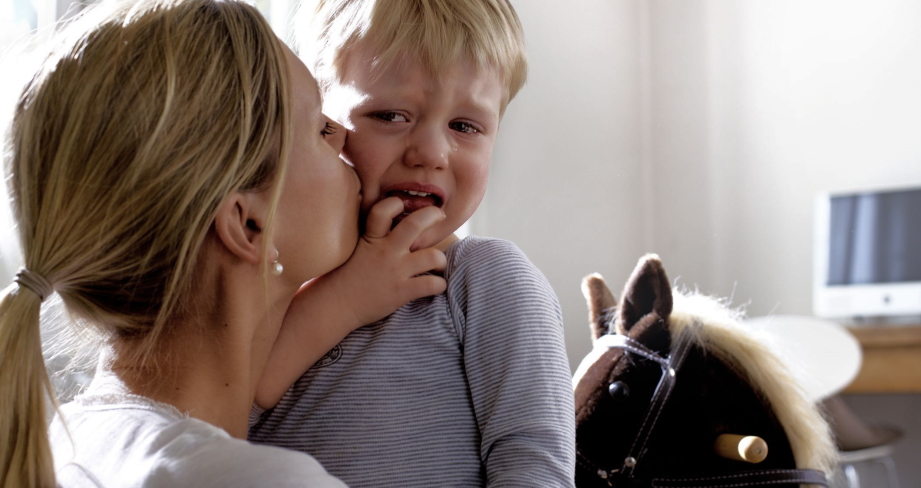When you say goodbye, it’s natural for your young child to feel anxious. Cry, tantrums, and clinginess—all hallmarks of separation anxiety in early childhood—are healthy reactions to separation and atypical development periods. Your child’s concerns can be alleviated with knowledge and the right coping skills and should diminish completely as they grow older.
- Separation should be practiced. At first, only leave your child with a caregiver for short periods and across short distances. You can progressively depart for longer periods and travel further as your youngster becomes accustomed to separation.

- Separations should be scheduled after naps or feedings. When babies are weary or hungry, they are more prone to separation anxiety.
- Create a brief “goodbye” routine. Rituals might be as basic as a particular wave through the window or a goodbye kiss to be reassuring. However, keep things moving quickly so you can:
- Without fanfare, depart. Tell your child you’re leaving and will be back, then leave—don’t procrastinate or make it seem like a bigger deal than it is.
- Make good on your commitments. You must return on time if you want your child to build the confidence that they can tolerate separation.

- Reduce the amount of scary television you watch. If the shows you watch aren’t scary, your youngster is less likely to be afraid which can cause separation anxiety in toddlers.
- Make an effort not to give in. Assure your child that everything will be alright; firm limitations will ease your child’s separation anxiety.
- Pay attention to and respect your child’s emotions. Being listened to can be a tremendous therapeutic experience for one who may already feel alone due to separation anxiety disorder in children.
- Discuss the problem. Children benefit from talking about their feelings; they do not benefit from “not thinking about it.” Be sympathetic, but gently remind your youngster that they made it through the last separation.
